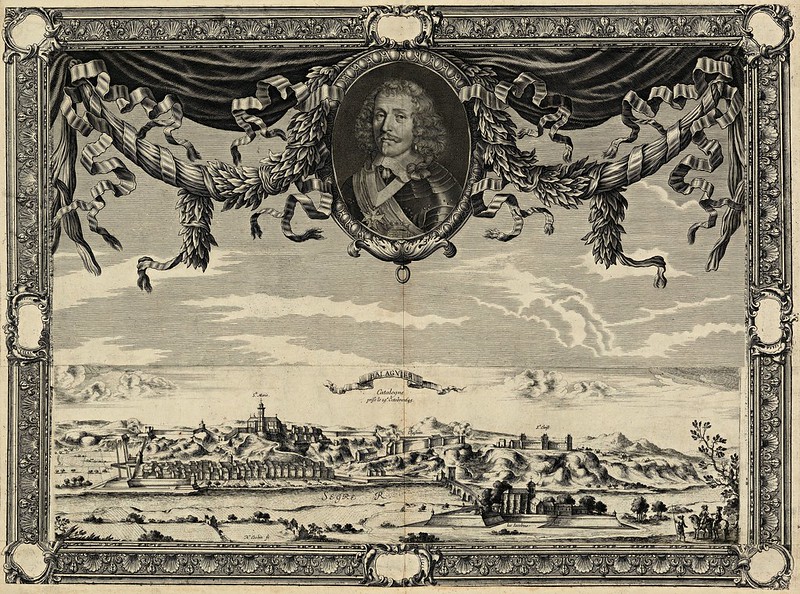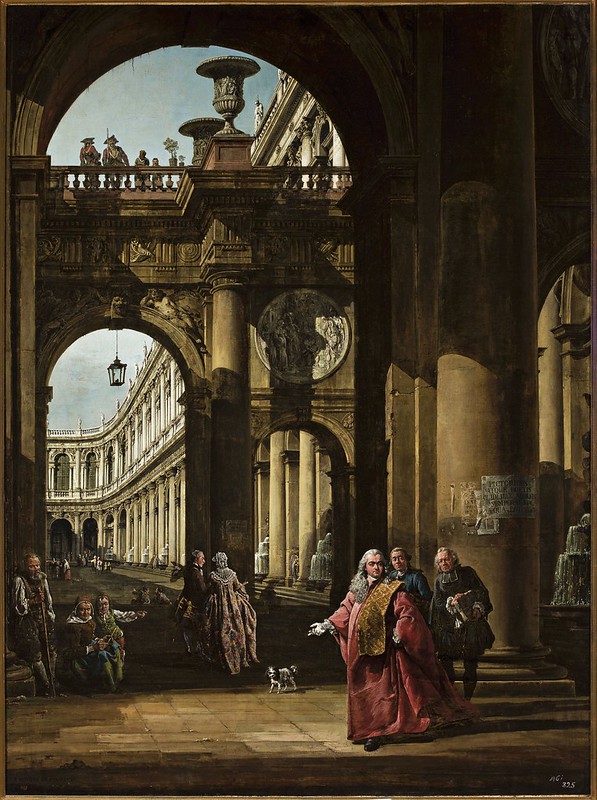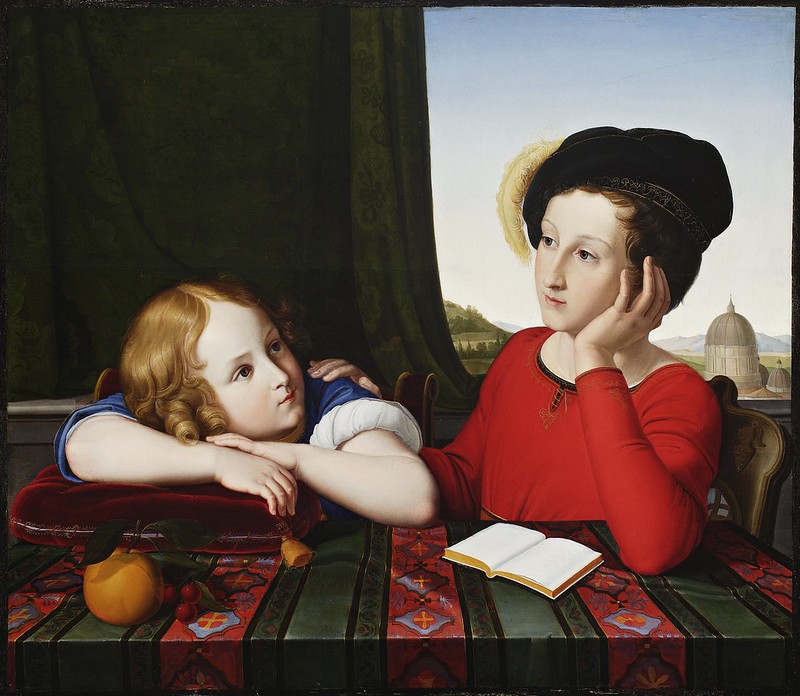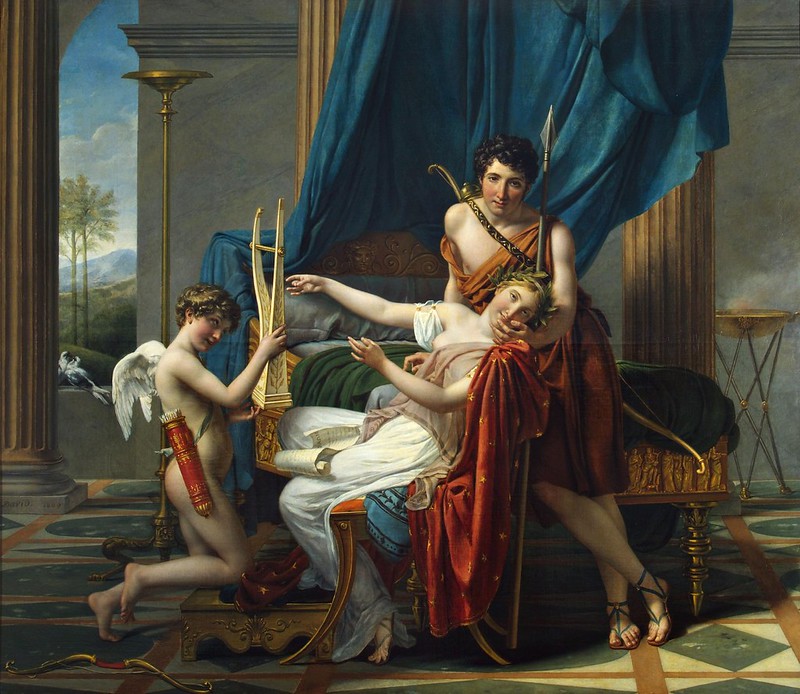Antonio Rosetti (1750-1792)
- Concerto per due corni principale (Kaul deest)
Performers: Solists from London Collaborative Orchestra
Further info: Antonio Rosetti (1750-1792) - Requiem fur Mozart
---
Bohemian composer and double bass player. The precise date and location
of his birth remain uncertain. When he died in 1792, the death register
in Ludwigslust recorded his age as 42, placing his birth in the year
1750. In documenting his marriage in 1777, the Wallerstein parish
records identified him as a court musician from Leitmeritz, Bohemia, but
the parish registers there record no birth of an Anton Rösler in 1750,
leading some scholars to suggest that the composer was a Franciscus
Xaverius Antonius Rössler born on 25 October 1746 in Niemes (now Mimoň),
Bohemia. This Rössler, however, was throughout his life a shoemaker in
Niemes, where he died on 11 June 1779. Some time before 1773 Rosetti
adopted the Italian form of his name, and he thereafter consistently
referred to himself as Antonio Rosetti. The existence during this period
of several musicians who shared one or the other of the composer’s
surnames has led to considerable confusion in the identification of his
music. Rosetti received his early education and musical training from
the Jesuits in Bohemia. After the abolition of the Jesuit order in
Bohemia, he moved away and in September 1773 joined the Hofkapelle of
Kraft Ernst, Prince (Fürst) von Oettingen-Wallerstein, near Augsburg, as
a livery servant and double bass player; in July 1774 he was promoted
to the official position of Hofmusikus. Following the death of Kraft
Ernst’s wife, Maria Theresa (born Princess of Thurn und Taxis), on 9
March 1776, as a result of complications following childbirth, Rosetti
rapidly composed a Requiem in E flat major which was first performed on
26 March 1776.
A turning-point in Rosetti’s career occurred in 1781, when he was
granted a leave of absence to visit Paris. During his five-month stay
there, he actively promoted his music, and his works were performed by
the best ensembles of the city, including the orchestra of the Concert
Spirituel, for which he composed several new symphonies. When Rosetti
returned to Wallerstein about 20 May 1782, his recognition as a composer
was assured. In 1785 Rosetti assumed the duties of Kapellmeister. One
of his first priorities was to improve Wallerstein church music.
Rosetti’s life at Wallerstein was plagued with financial difficulties.
His debts continued to mount, and in 1789, after numerous financial
setbacks, he requested release from the prince’s service in order to
accept the position of Kapellmeister to Friedrich Franz I (1756–1837),
Duke of Mecklenburg-Schwerin. Reluctantly, on 9 July 1789 Kraft Ernst
agreed, and later that month Rosetti moved to Ludwigslust. His years at
Ludwigslust were less frustrating than those in Wallerstein. Thanks to a
generous salary, he was for the first time financially secure, and his
growing reputation as a composer brought him a number of important
commissions. Unlike that at Wallerstein, the Ludwigslust Kapelle
included several talented singers, and during his years there Rosetti
composed a number of large-scale works for soloists, chorus and
orchestra, including a chamber opera, an oratorio and a cantata. His
Requiem of 1776 was used at a memorial ceremony for Mozart in Prague in
1791. In the spring of 1792, Rosetti, who had suffered from poor health
for most of his life, became seriously ill, and he died on 30 June; he
was buried at Ludwigslust three days later.
















